
How to read Australian parking signs: what do the different signs mean?
Your easy visual guide to reading Australian parking signs. We explain the common signs and what they mean so you don’t get fined.
According to UbiPark, in NSW alone, residents pay a whopping $190 million in parking fines. And a quarter of those fines come down to being confused about where parking is — or isn’t — allowed.
So whether you live in Australia or you’re just visiting, we’re here to help with a simple guide: how to read Australian parking signs.
When you’re holding up traffic on a Friday afternoon, you need to know quickly what a parking sign means. What does 2P parking mean? Is this a taxi zone?
Don’t worry, it’s actually pretty simple. Let’s jump in.
How do parking signs work in Australia?
According to the NSW government, parking signs help us make the most of any available parking and maintain road safety and traffic flow.
In other words, they let you know where you can park safely without blocking traffic. Of course, if you follow the rules you’ll also avoid a painful parking fine.
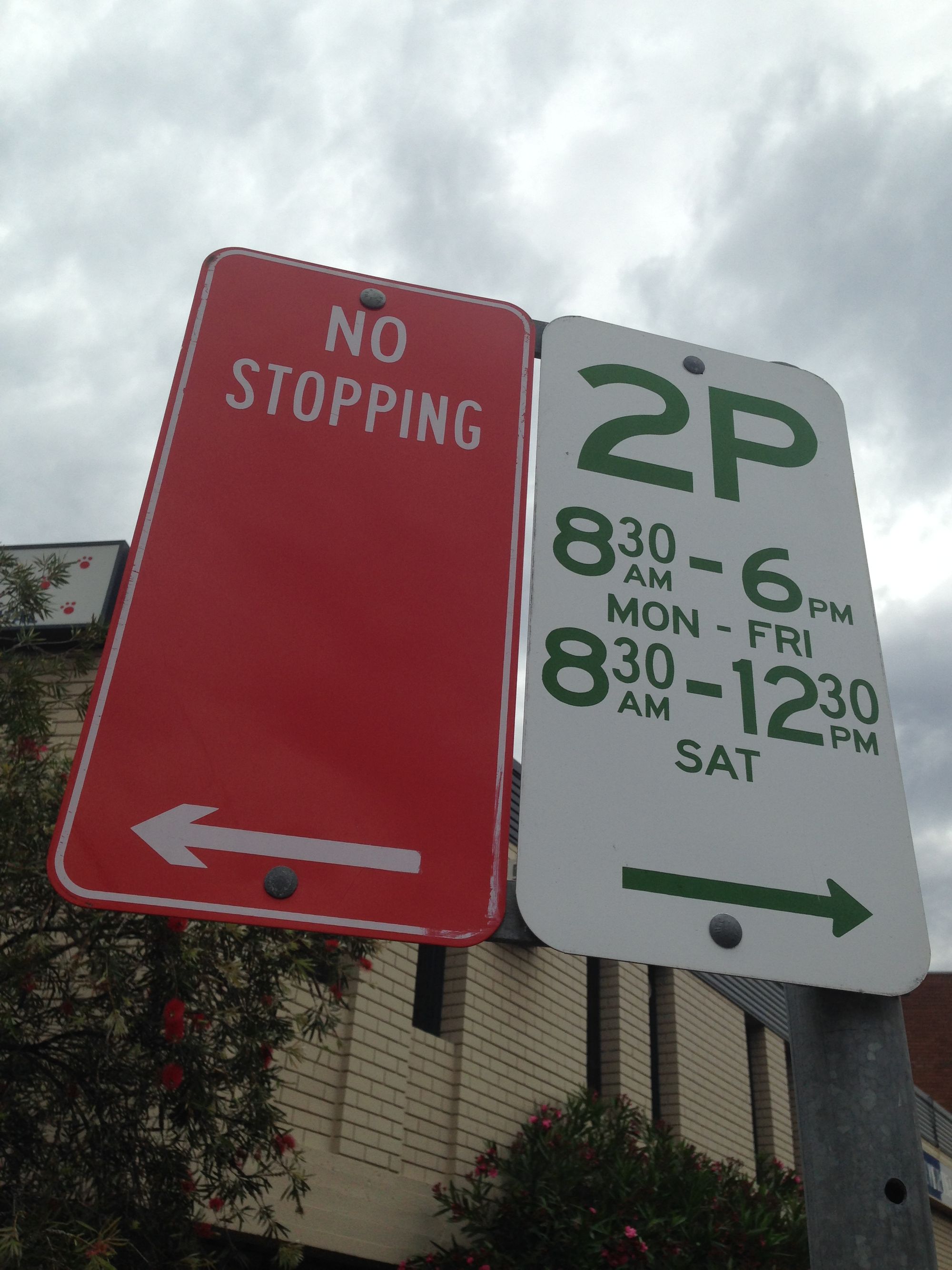
The signs tell you only what you need to know, including:
- where you can park
- how long you can park there for
- times and days that the parking rules apply
- if you need to pay at a parking meter.
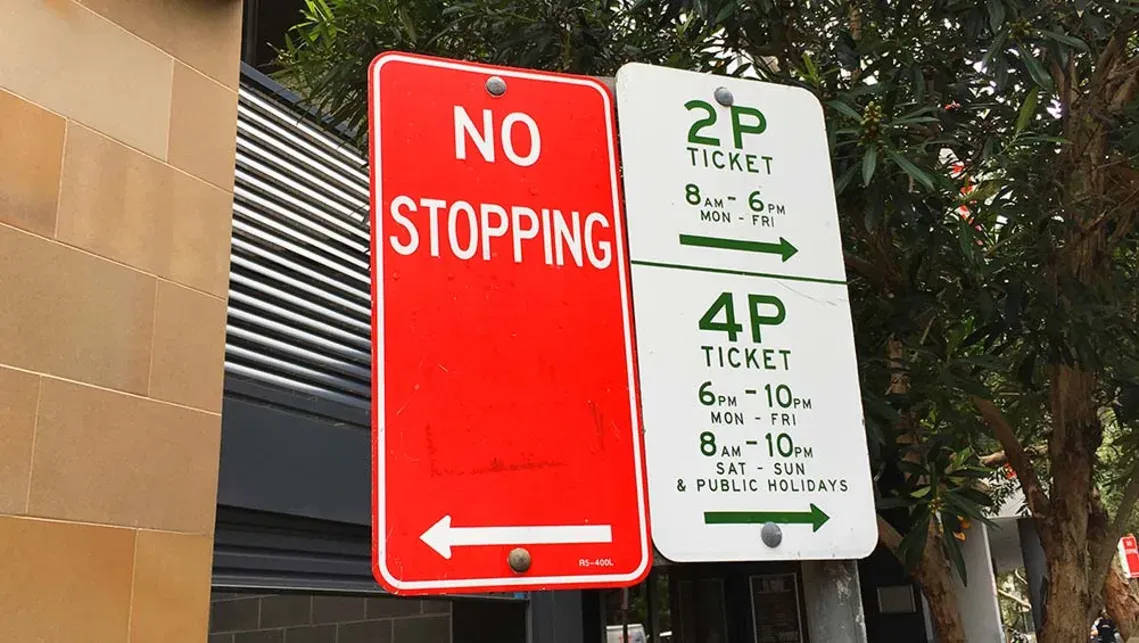
If the parking sign says ‘meter’ it means you need to pay to park in that spot. You need to find the meter nearby and buy a parking ticket. Leave the ticket inside your car on the dashboard so that it can be read from the outside of your car. (But always remember that you can park for free outside of the times listed on the sign.)
Knowing how to read parking signs in Australia can be tricky. Especially when you really don’t have long to figure them out in moving traffic. Let’s have a quick look at the most common elements.
If you see the letter P on its own, there’s no time limit. You can park there at any time of any day for as long as you’d like.
But it’s more common to see a number before or after the P. This tells you there is a time limit, depending on what number is on the sign. For example, 1P means you can park for one hour.
Parking signs in Australia may also display specific days when the parking rules apply. For example, there might be different parking rules on a Saturday or Sunday. If there’s a day shown on the sign, then the stated rule applies only for the day or days shown.
Parking signs meaning: Australian signs explained
Imagine for a moment… You’re on a busy city road in a long line of traffic. You’ve passed your destination already and urgently need a park. Ah ha — a parking sign! Oh. Your joy is short-lived. What on earth does that mean?
It’s one thing to read about a parking sign's meanings. But the signs can quickly get messy.
Let’s look at the most common signs you’ll find across Australia and go through exactly what they mean. Sign by sign. We’ve got you — here’s the visual part of our guide. Learn exactly how to read Australian parking signs.
What does 3P parking mean in Australia?
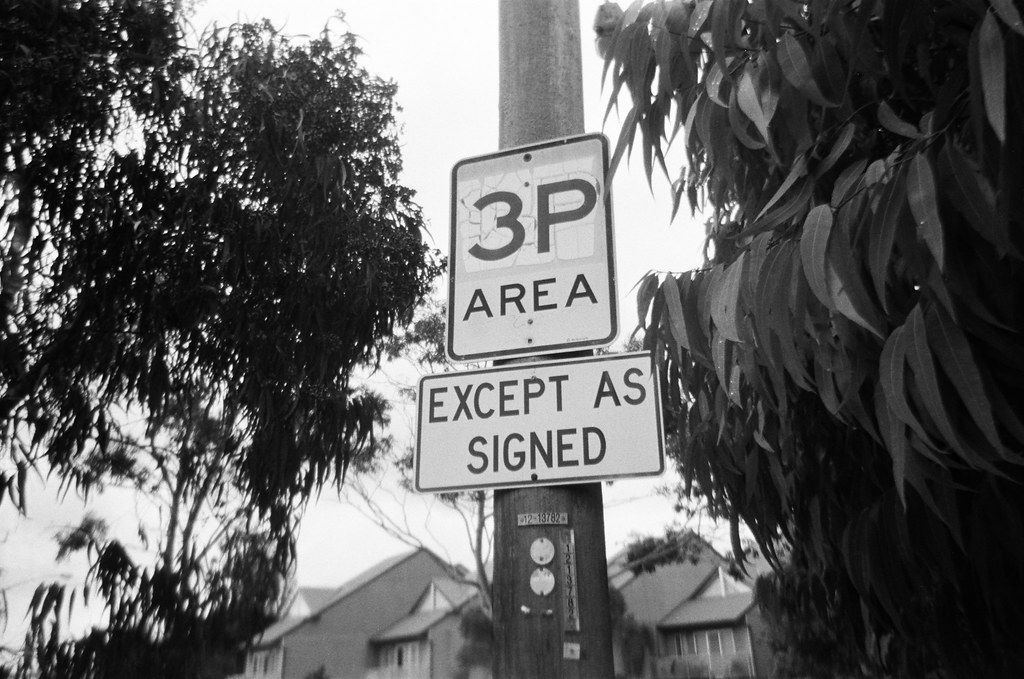
3P means you can park for up to 3 hours. The 3P parking sign might also show you what days the rule relates to. For example, if the 3P sign also says Mon-Fri (meaning Monday to Friday), parking is only limited to 3 hours on the stated days.
It makes sense that as the numbers change on the sign, the time limit changes. But let’s go through those, too.
What does 2P parking mean in Australia?
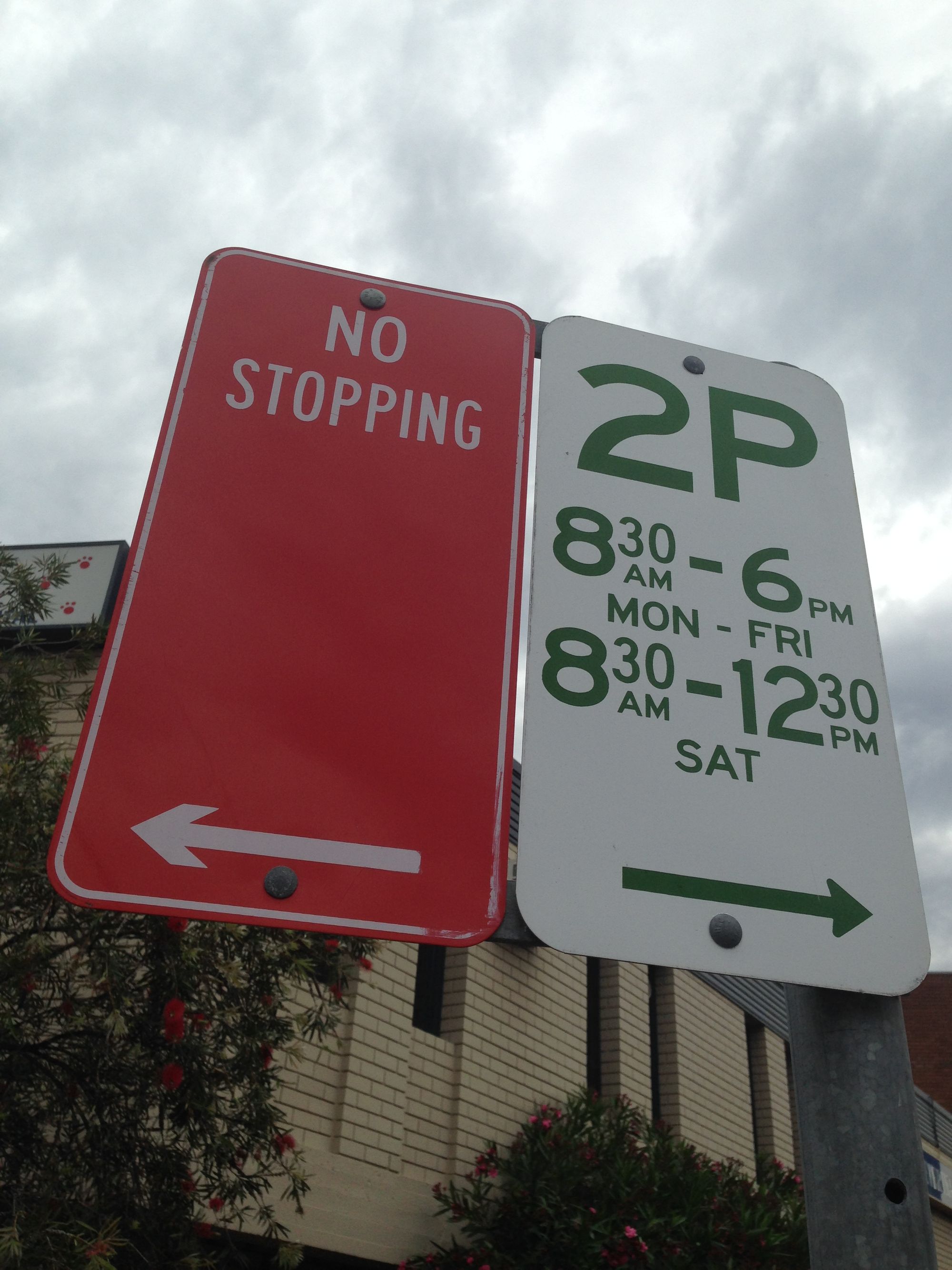
You’ll see different parking signs with varying time limits. 2P means you can park for up to 2 hours. The 2P parking sign might also tell you what day or days the rule applies. If the 2P sign also says SAT (short for Saturday), parking is only limited to 3 hours on a Saturday.
What does 1P parking mean in Australia?

1P means you can only park for up to 1 hour. The 1P parking sign might also tell you what day or days the rule applies.
What does 1/2 P parking mean in Australia?
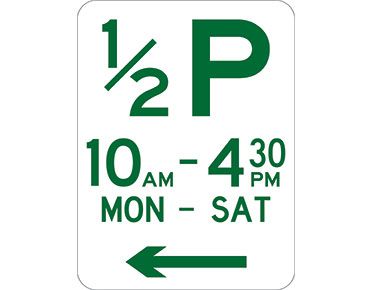
Sometimes reading Australian parking signs is simple. And sometimes it isn’t. Knowing how to interpret parking signs depends on the numbers and symbols. But what if they’re not obvious?
What does 1/2 P parking mean? Is it 1, or 2? Neither, actually. It’s half. 1/2 P Parking means you can only park for half an hour. Learning how to read Australian parking signs might mean paying attention to the day or days listed on the sign too. Does the sign say Mon-Fri? The stated rule only applies on those days.
What are the 15 minute parking sign rules?
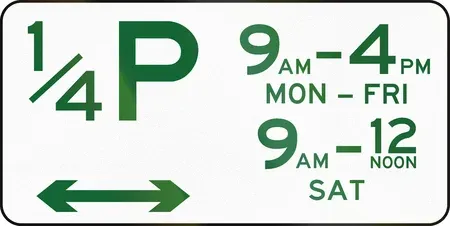
15 minute parking signs might include the word ‘Minutes’ or the symbol P. So ‘15 Minutes’ or 1/4P both indicate 15 minute parking only. What does that mean? You must move your car from that spot within 15 minutes or less.
Short term parking can be 5, 10, or 15 minutes. It’s designed to keep the flow of visitors to an area high, so no one can block out a car park all day. (Well, not legally anyway.)
Time limits are common when parking in Australian cities. But we can’t create a guide to reading Australian parking signs without also including the other signs you’re likely to come across. Sometimes they can be equally as confusing.
No parking
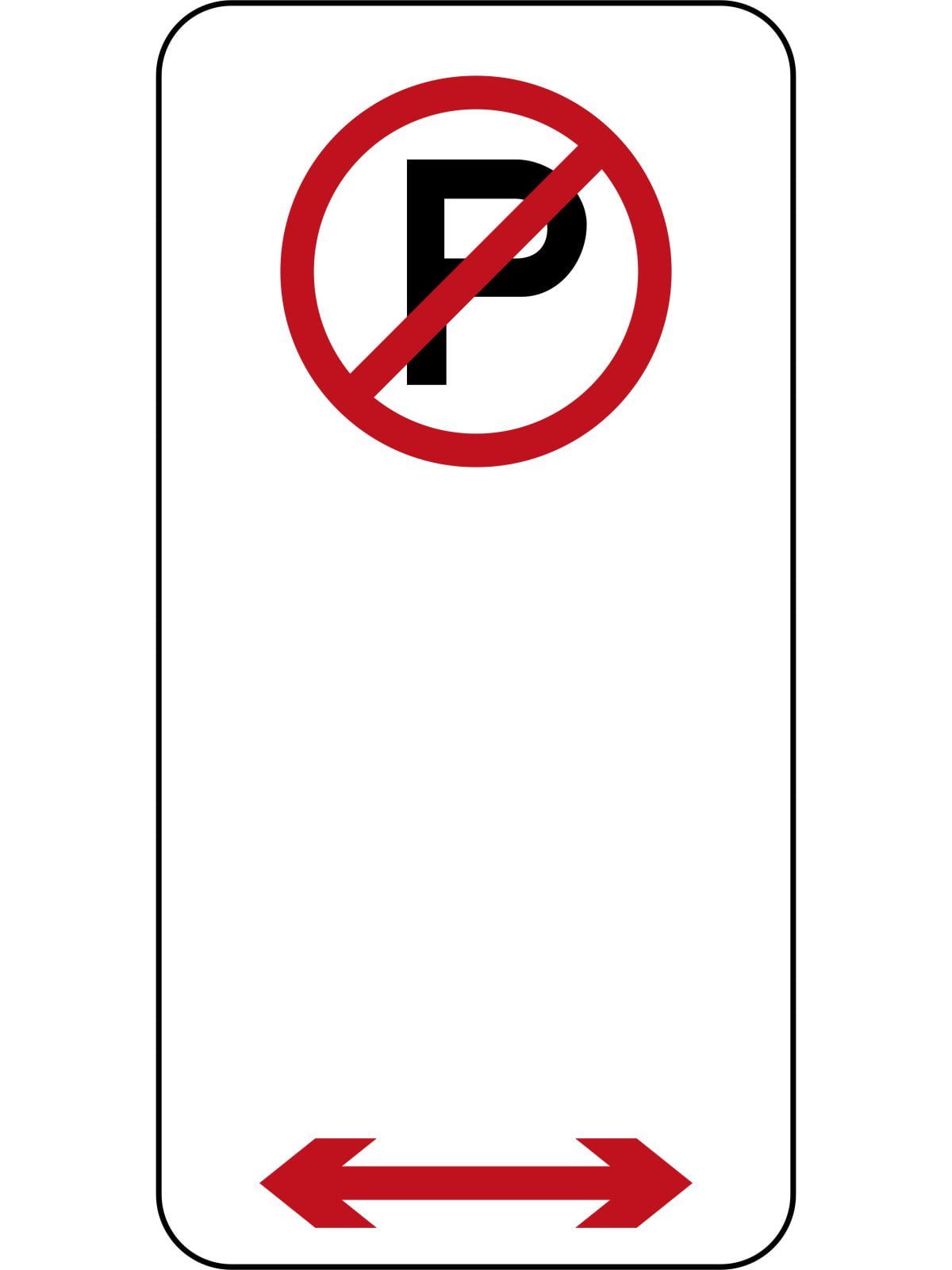
This one’s pretty simple: you may not park in the area indicated. You can only stop in this area for a maximum of 2 minutes to drop off or pick up a passenger. However, Mobility Parking Permit holders can park in this area for up to five minutes.
No stopping
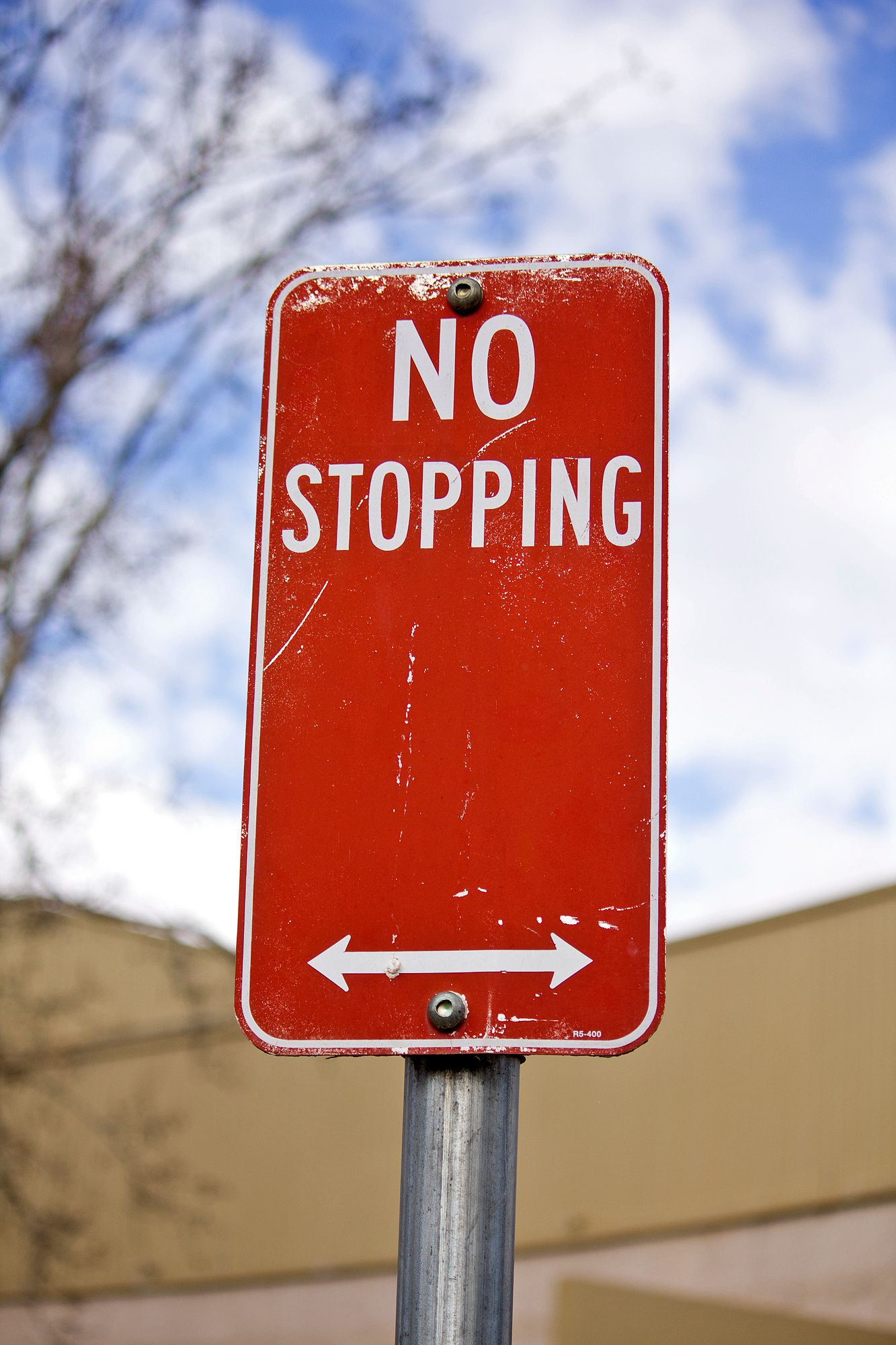
This one goes a step further: you can’t stop in this area for any reason. Sometimes the sign is accompanied by a solid yellow line along the side of the road. If you see this sign, keep driving.
Disability parking
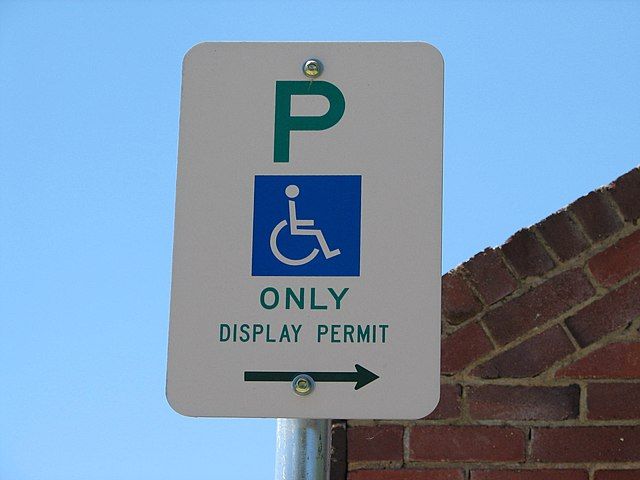
You may find a sign with a wheelchair on it. This is the symbol used on Australian parking signs for people with disabilities. It means that this parking area must only be used by a driver with a certified mobility parking permit.
If you park there, you must display your permit on your windscreen so that it can be seen from the outside of your car. Disability parking spots are usually larger and closer to a major entrance or destination.
Clearway signs

A clearway sign usually applies in peak hour traffic, and will display applicable times and days. You must not stop for any length of time where there is a clearway sign. If you do stop, expect a fine. You may even have your vehicle towed away.
The exception to this rule is if you’re driving a bus, taxi or limousine and need to drop off or pick up passengers.
Loading zones, bus zones, taxi zones and works zones
Knowing how to read Australian parking signs means knowing the rules for loading zones, bus zones, taxi zones and works zones. Luckily, they’re all pretty simple.
Loading zone
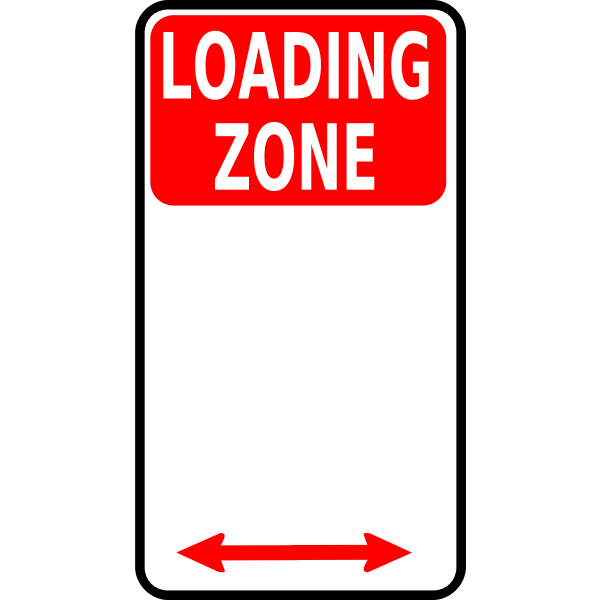
Loading zones are reserved for commercial vehicles that need to load or unload goods. However, other cars can stop to pick up or drop off passengers.
Bus zone
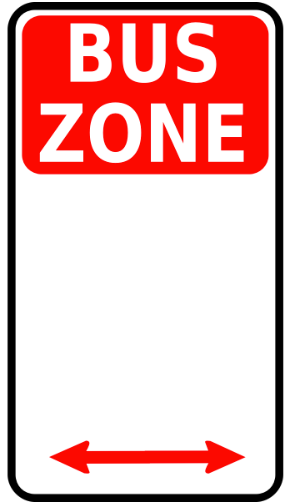
If you’re not driving a public bus, you can’t stop in a bus zone for any reason. Keep this space clear for buses to drop off and pick up passengers (you’ll appreciate it when your next bus runs on time).
Works zone
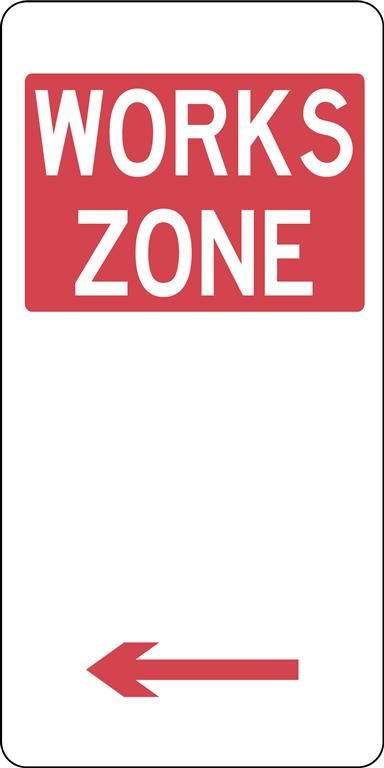
The only vehicles allowed to stop or park here are those that are engaged in construction work nearby. Other cars can stop briefly to pick up or drop off passengers.
Taxi zone
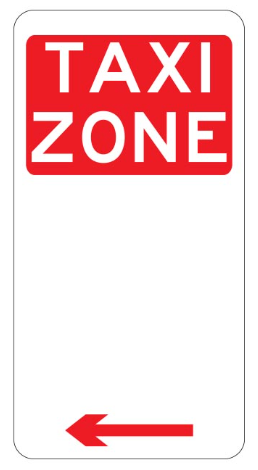
Don’t stop in a taxi zone for any reason (unless you’re driving a taxi). A taxi zone is a designated area for taxis to pick up and drop off passengers.
Recap: how to read parking signs in Australia
You can see there are lots of different signs to know about. But the rules are usually pretty simple. Here’s how to read parking signs in Australia, no matter what state you’re in.
- P means you can park here
- The number before the P tells you how long you can park for (2P is 2 hours)
- Some rules only apply on certain days, but the sign will tell you what days
- Some parks may need a paid parking ticket
- No parking and no stopping are different (you’re allowed to pick up and drop off passengers in a no parking area)
- There are designated areas for: disability parking, clearway, loading zones, buses, taxis and large construction sites.
Save yourself the stress (and a hefty fine). Learn how to read Australian parking signs so you can enjoy hitting the road stress free with Uber Carshare.
Will you be driving in Australia with an overseas licence? We’ve got you covered. Read our quick guide to make sure you follow the rules. And if you’re driving in Sydney, Melbourne or Brisbane, don’t miss this comprehensive guide to the best and worst places to park.
The information included in this article is accurate as of 28 July 2022. The information published on this blog is of a general nature only and does not consider your personal objectives, financial situation or particular needs. The information published on this site/page should not be relied upon as a substitute for professional advice. Images used in this article are free to use images under the creative commons license.








